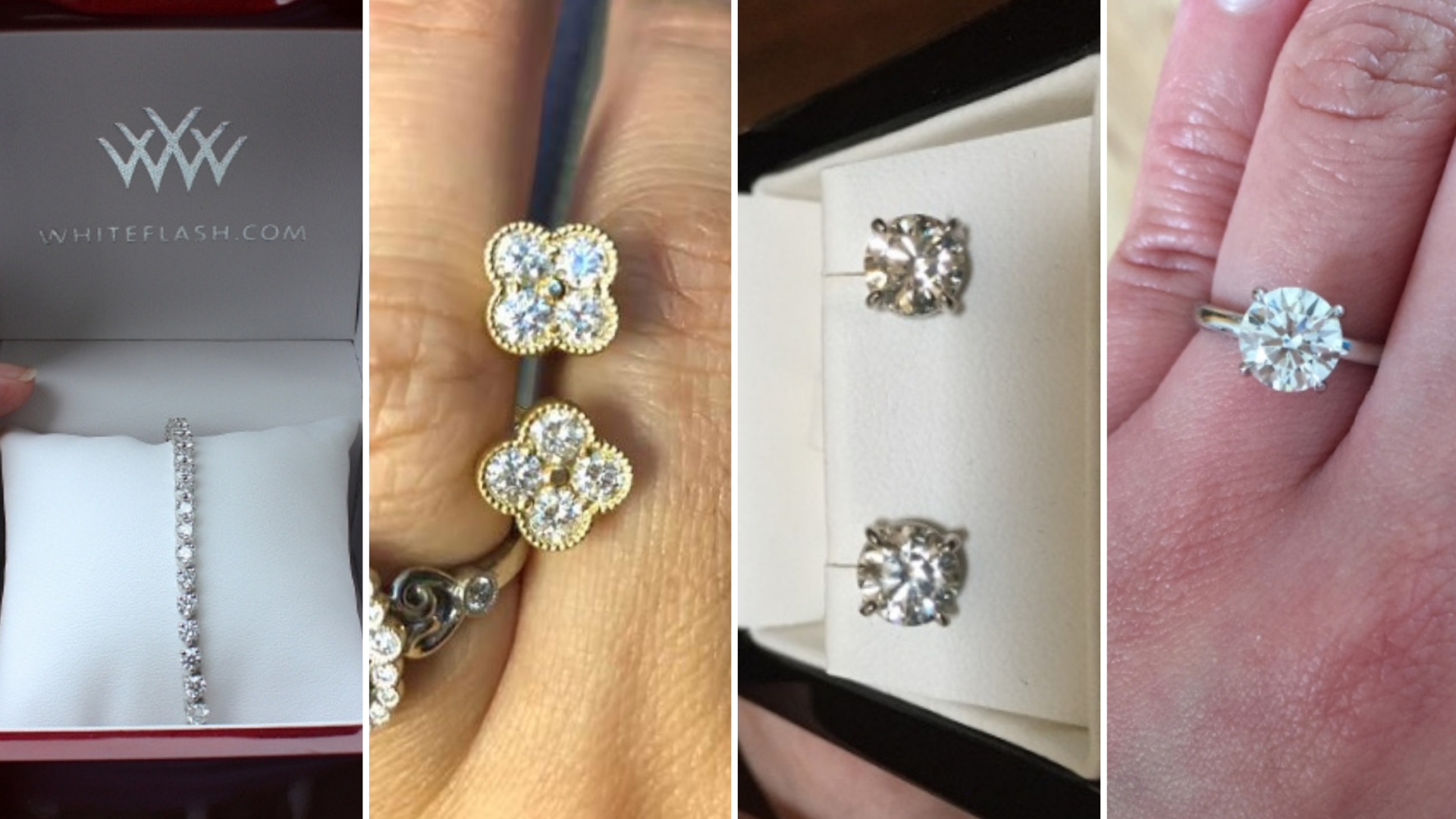someguy
Rough_Rock
- Joined
- Dec 3, 2003
- Messages
- 52
So there you have it folks! This is scientific proof that better cut=bigger looking diamonds!! For those of you who are wondering where this comes from, I went to Blue Nile (since they have a vast selection of diamonds) and looked at the size parameters for 25 random diamonds from each cut group: fair, good, very good and ideal.
Here are my observations:
1) As cut quality increases, so does size of the diamond!! You’ll notice that this trend starts to level off once we get to the ideal cut range. I suspect that this would be even more apparent if I included data for the signature ideal diamonds.
2) As the cut quality increases, the error bars get smaller. This means that there is less and less variation in the size of diamond as you increase the cut quality. Statistically, roughly 2/3 of diamonds for a particular cut quality should fall within the range established by the error bars. However, I’ve seen some really extreme cases! One of the poor cut 1ct diamonds was actually something like 5.88*5.83mm!!!
This goes to show that, even if you believe that size is everything, you should really consider getting one of the better-cut diamonds. This also suggests that more emphasis should be placed on the actual physical dimensions of the diamond instead of the carat weight. When I have more time, I’ll try to do something similar for diameter vs carat for the different cut classes. That should be interesting because I’ve noticed that the super ideal cut diamonds that are advertised by the pricescope vendors in the 1ct range usually have a diameter around 6.5-6.6 mm. I’ve also seen many 0.9ct diamonds that are 6.3 mm in size, which compares very well to the lower cut 1ct stones that are being sold everywhere. I hope that everyone finds this interesting!

Here are my observations:
1) As cut quality increases, so does size of the diamond!! You’ll notice that this trend starts to level off once we get to the ideal cut range. I suspect that this would be even more apparent if I included data for the signature ideal diamonds.
2) As the cut quality increases, the error bars get smaller. This means that there is less and less variation in the size of diamond as you increase the cut quality. Statistically, roughly 2/3 of diamonds for a particular cut quality should fall within the range established by the error bars. However, I’ve seen some really extreme cases! One of the poor cut 1ct diamonds was actually something like 5.88*5.83mm!!!
This goes to show that, even if you believe that size is everything, you should really consider getting one of the better-cut diamonds. This also suggests that more emphasis should be placed on the actual physical dimensions of the diamond instead of the carat weight. When I have more time, I’ll try to do something similar for diameter vs carat for the different cut classes. That should be interesting because I’ve noticed that the super ideal cut diamonds that are advertised by the pricescope vendors in the 1ct range usually have a diameter around 6.5-6.6 mm. I’ve also seen many 0.9ct diamonds that are 6.3 mm in size, which compares very well to the lower cut 1ct stones that are being sold everywhere. I hope that everyone finds this interesting!














300x240.png)